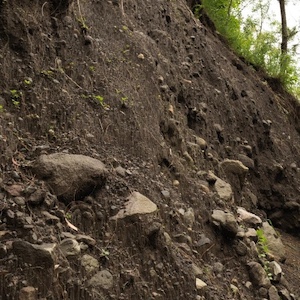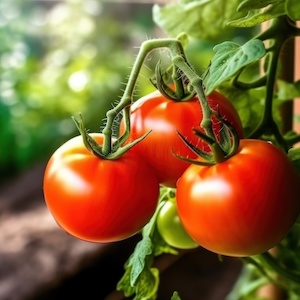An active-optical reflectance sensor in-field testing for the prediction of winter wheat harvest metrics
All claims expressed in this article are solely those of the authors and do not necessarily represent those of their affiliated organizations, or those of the publisher, the editors and the reviewers. Any product that may be evaluated in this article or claim that may be made by its manufacturer is not guaranteed or endorsed by the publisher.
Authors
The ambition of this study was to justify the possibility of wheat trait prediction using a normalized difference vegetation index (NDVI) from a newly developed Plant-O-Meter sensor. Acquired data from Plant-O-Meter was matched with GreenSeeker’s, which was designated as a reference. The experiment was carried out in the field during the 2022 growing season at the long-term experimental field. The experimental design included five different winter wheat genotypes and 20 different NPK fertilizer treatments. The GreenSeeker sensor always gave out NDVI values that were higher than those of the Plant-O-Meter by, on average, 0.029 (6.36%). The Plant-O-Meter sensor recorded similar NDVI values (94% of the variation is explained, P<0.01). The Plant-O-Meter’s NDVIs had a higher CV for different wheat varieties and different sensing dates. For almost all varieties, GreenSeeker exceeded Plant-O-Meter in predicting yields for the early (March 21st) and late (June 6th) growing seasons. NDVIGreenSeeker data improved yield modeling performance by an average of 5.1% when compared to NDVIPlant-O-Meter; in terms of plant height prediction, NDVIGreenSeeker was 3% more accurate than NDVIPlant-O-Meter and no changes in spike length prediction were found. A compact, economical and user-friendly solution, the Plant-O-Meter, is straightforward to use in wheat breeding programs as well as mercantile wheat production.
How to Cite

This work is licensed under a Creative Commons Attribution-NonCommercial 4.0 International License.














